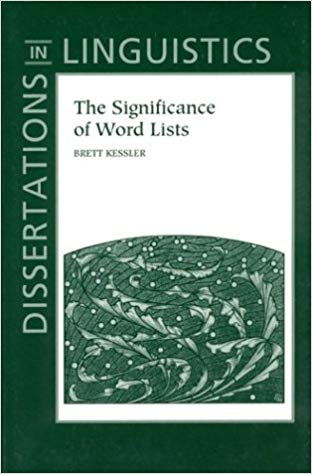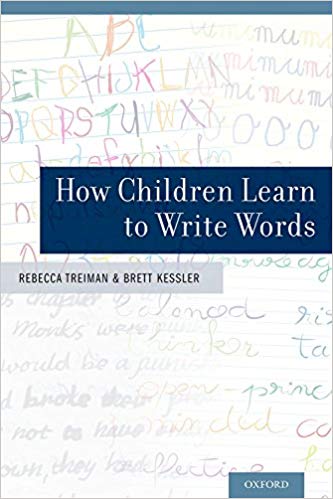Professor Kessler currently studies psycholinguistics of reading and spelling. He is particularly interested in computational and statistical approaches to language, especially in the fields of phonology, historical linguistics, and the lexicon.
Professor Kessler currently studies psycholinguistics of reading and spelling. He is particularly interested in computational and statistical approaches to language, especially in the fields of phonology, historical linguistics, and the lexicon. His research has also explored how to statistically test the historical connections between languages.



